Fixed focal lengths, zoom lenses, telephoto lenses, wide-angle lenses - as a photographer, you can get all of these in great variation from every manufacturer in the product range. But often great lenses either make a big hole in your wallet or weigh a lot, especially with telephoto and zoom lenses, so that they are often left at home. Not so with Panasonic lenses! The lenses with the Panasonic Lumix MFT bayonet impress with their compact design and a fantastic price-performance ratio. So working with the Lumix system is worth at least one consideration for every photographer - especially because of the great lens selection.
With the large number of lenses available, every photographer should be clear about the purpose for which the lens is needed. Roughly speaking, a distinction can be made between the following categories:
Wide-angle and fisheye lenses: These lenses are mainly used in landscape and architectural photography and are particularly suitable for shooting situations in which as much of the subject as possible should be captured in the picture.
Zoom lenses: Here, some of the most common shooting situations are covered by one lens. The most common differences are in the focal length, which is why we speak of standard zoom in the small focal length range, travel zoom above that and telephoto zoom lenses in sports and wildlife photography.
Fixed focal lengths: Fixed focal lengths are lenses without a zoom option. These lenses are available in many focal lengths and are usually characterised by even better imaging performance and sharpness as well as high speed. Many fixed focal lengths can also be used as video lenses.
Macro lenses: These lenses are particularly suitable for close-up and detail shots. They are particularly convincing because of their true-to-life image scale and low closest focusing distance.
It is important to be clear about which lenses you need to cover your own shooting preferences. For landscape photographers and architecture enthusiasts, wide-angle lenses are a wonderful tool. Wildlife and sports photographers, on the other hand, are usually well equipped with telephoto zoom lenses with a long focal length. Portrait photographers, but also all others, are in any case also well advised with fixed focal lengths in the respective focal length. In general, however, it is important to try them out! With a kit zoom lens, as supplied with many camera sets, many shots can be taken and your own preferences can be discovered.
With many lenses, an important accessory is already included in the scope of delivery: a lens hood. This reduces lateral sunlight and thus removes unsightly reflections from the image. A lens cap is always included to protect the lens. This protection should be supplemented by a protective filter. This is screwed onto the front of the lens and is available in many sizes, depending on the diameter of the lens. This filter protects the front glass of the lens from dirt and scratches or even cracks. Depending on the intended use and shooting situation, other filters, such as ND filters or polarising filters, can also be useful or even indispensable.

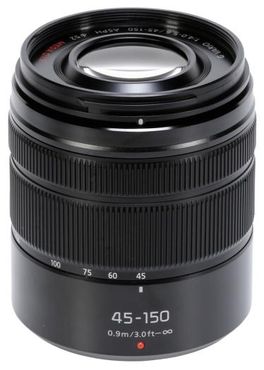
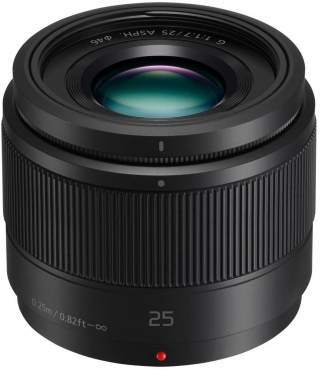
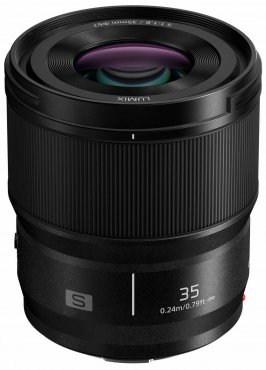
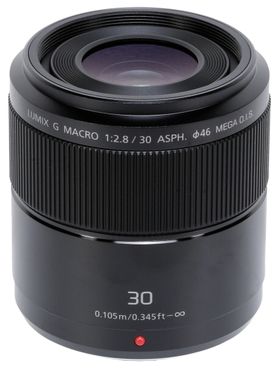
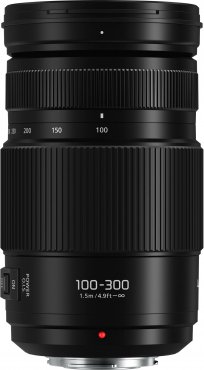
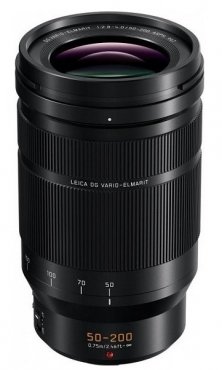
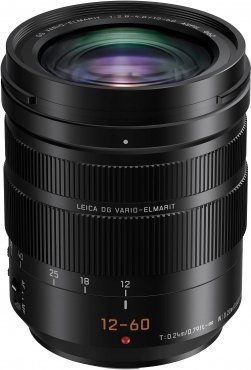
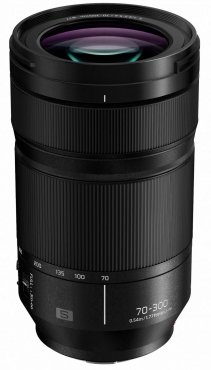
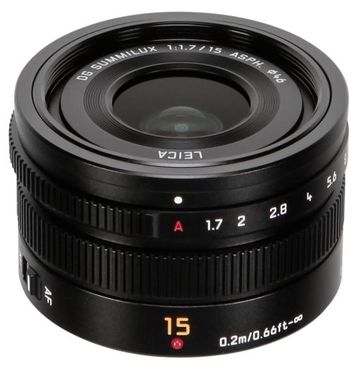
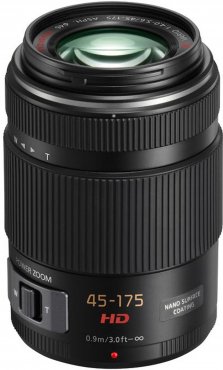
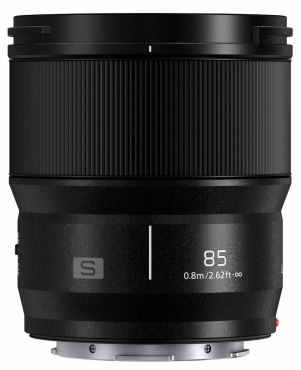

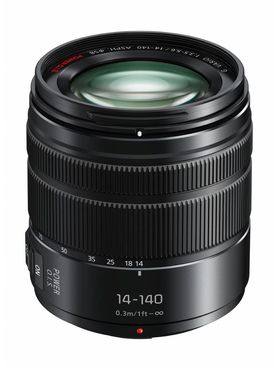
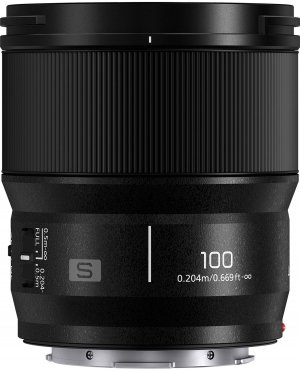
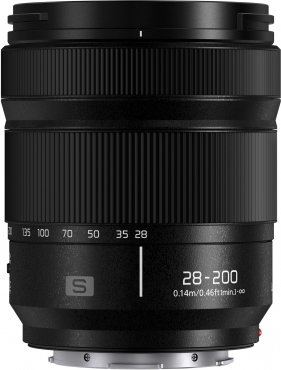
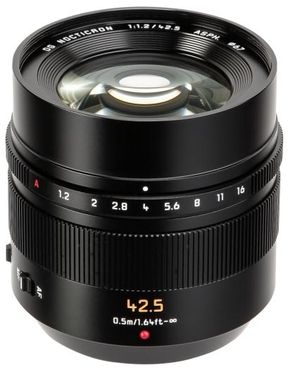
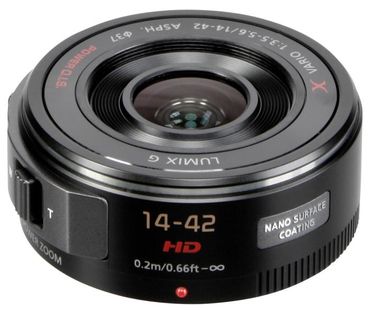

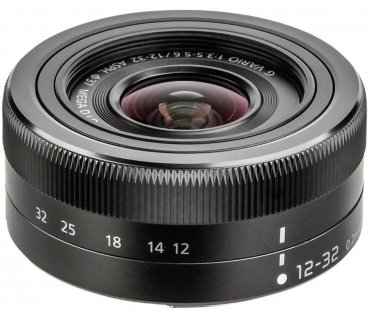
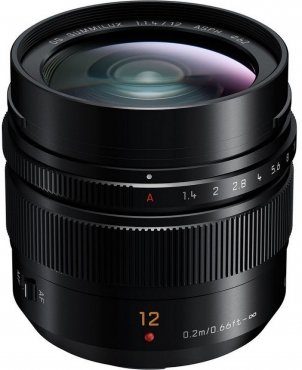

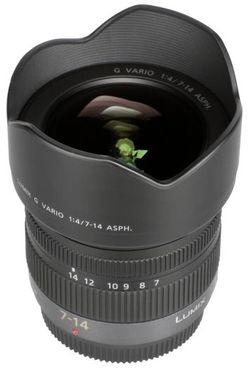
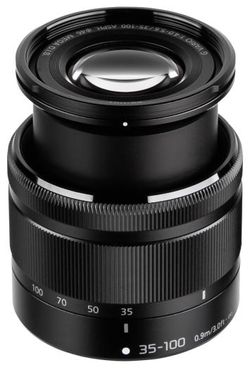
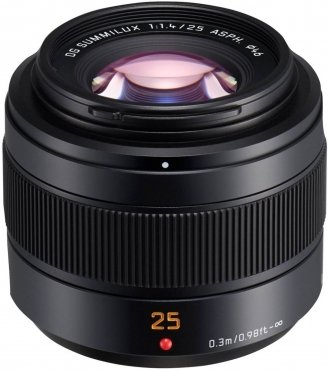
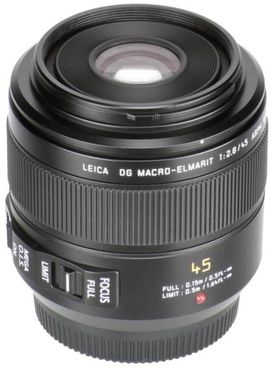
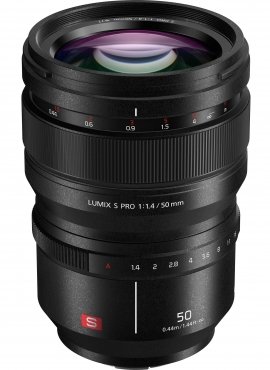
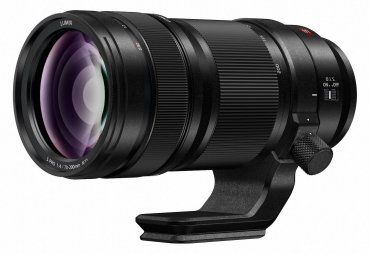
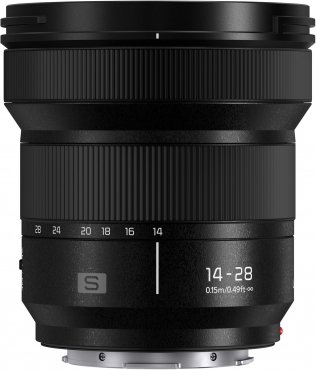

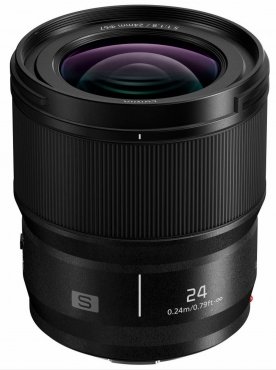
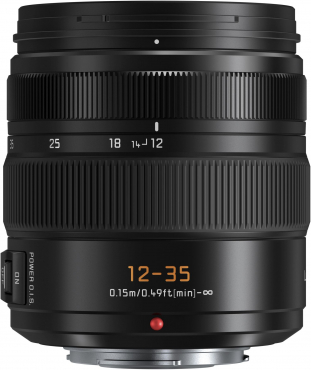
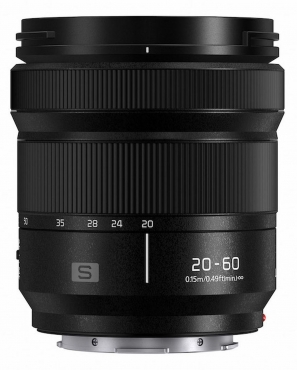
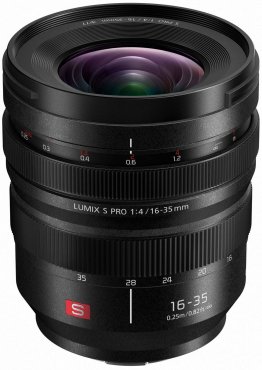
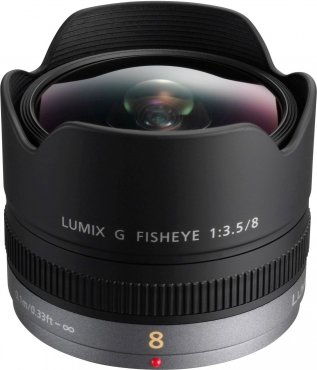

Simply subscribe and benefit as a newsletter recipient every week: